Joe Cribb, author of “Magic Coins of Java, Bali and the Malay Peninsula”, is a curator of South Asian coins in the Department o Coins and Medals, British Museum, he is the author of “Chinese Silver Currency Ingots 1750-1933”, “Eyewitness Guide : Money and Money in the Bank” , editor of the “ Money: From Cowrie Shells to Credit Cards”….…
Joe Cribb in his book, “ 1 Content and Arrangement”, reported that : “…..This volume presents an overview of the “magic coins” of South East Asia. Magic coins are coin-shaped metal objects which have been made in Java since the late thirteenth century, and subsequently on the island of Bali and in the Malay Peninsula, and which are used to bestow spiritual powers on their owners, protecting them from evil forces or bringing them good fortune. Although they have many of the characteristics of the coins formerly in use as money in this region, their designs are not official coin designs, but images and inscriptions which are thought to give them the potential to achieve their magical purpose…”
Joe Cribb presents his case, Places of Origin, “….from most of the magic coins with Javanese-style designs collected or reported from Java. Javanese-style pieces also been collected from Kelantan in the Malay Peninsula, some pieces collected in Malay Peninsula also include Islamic-style pieces with Arabic inscription. Islamic-style magic coins, copying the designs of Malay pieces, have also been reported from Thailand….but the use of what appears to be a magical Arabic inscription in the design indicates a South East Asian place of manufacture….”
Period of Production, Joe Cribb explained and analyzed that “….other factors can be used to suggest likely dates for some series of magic coins, based on the similarity of their designs to datable sculptures and bronzes of Jaya’s Majapahit period (1293-1528) and their relationship to the various styles of shadow puppets from Java and Bali. The relationship of the magic coin coins to the coins they copy also provides a terminus post qualm for their production. It is unlikely that the copying of the shape of Chinese coins in Java took place before the 13th century when they started to become widely available of the island (Wicks 1992, pp 290-7)
Coin Shapes, Joe Cribb further commented that: “….the overall form of the magic coins is derived from the shape of the Chinese bronze or brass cash coins which began to circulate widely in Java, Bali and the Malay Peninsula from the thirteenth century (Wick 1992, 209-7)
Non-monetary function, Joe Cribb explained that, “…..the suggestion that the objects described in this catalogue were not intended for monetary use, in spite of their coin-like characteristics, was first made by Netscher and Van der Chijs (1863,pp 135-8). Raffles (1817, vol. 2, 60-1) had described the pieces as ‘ancient coins’ and his view prevailed until the Dutch authors rejected it. They proposed an alternative view that the pieces could not be monetary as they did not conform to the patt
“…Chinese coins always have inscriptional designs, written in Chinese script, indicating the period of issue and function of the object. There is also no relationship between their designs and those found on coins of other traditions in the region…” Joe added.
ern of the earlier gold and silver coins of Java and their designs were similar to the images of gods and symbols associated with the Javanese calendar. They accordingly suggested that the pieces were personal amulets…”
Subscribe to:
Post Comments (Atom)
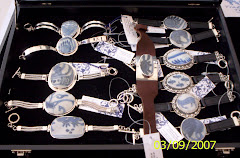


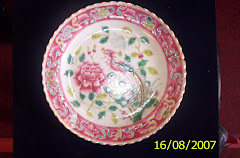


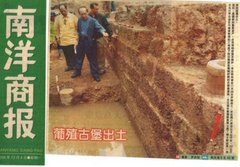
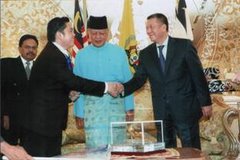


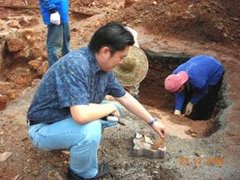
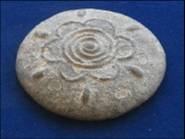


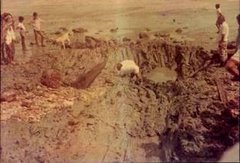

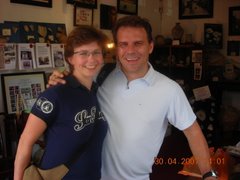
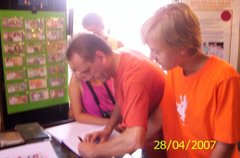
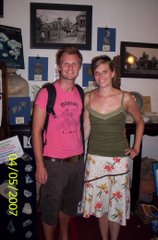
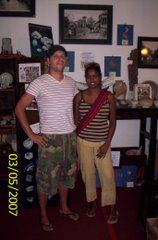
No comments:
Post a Comment